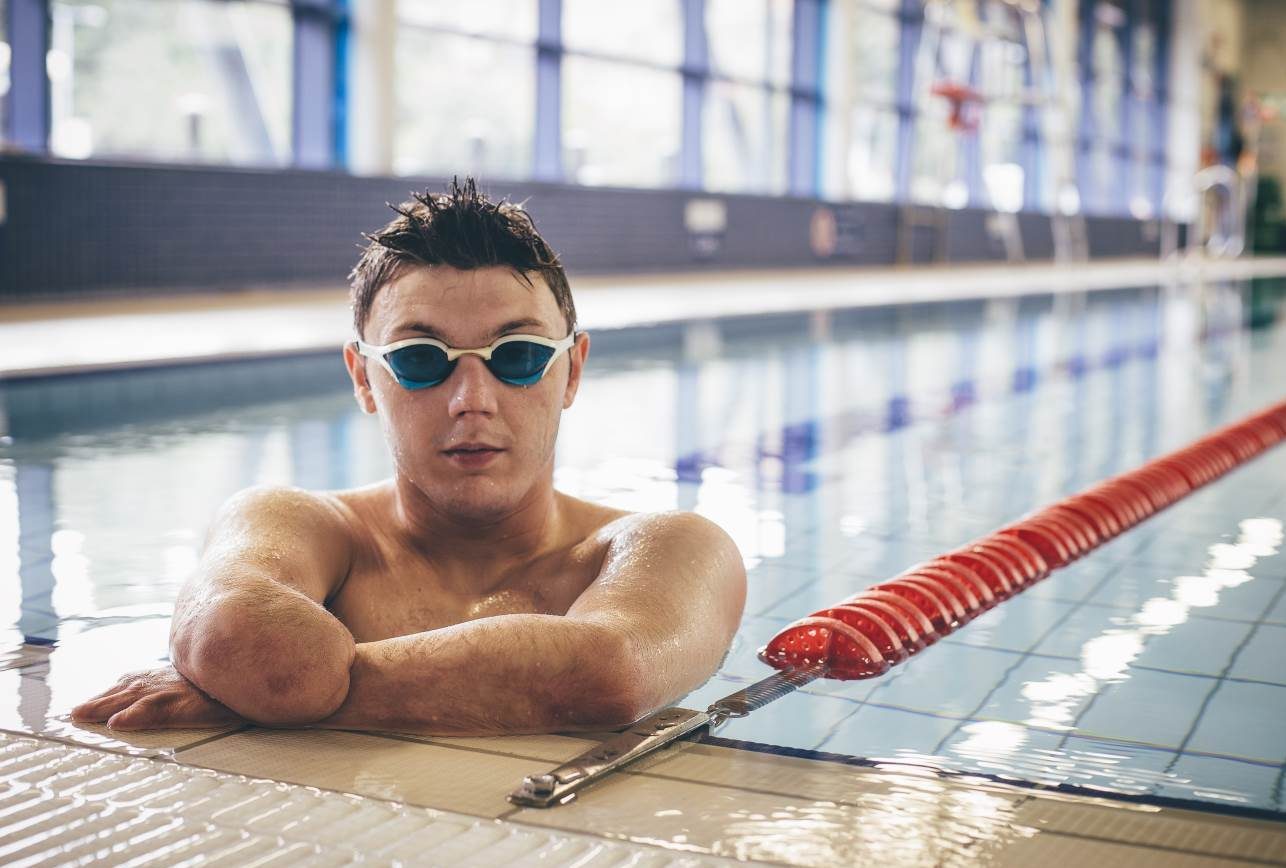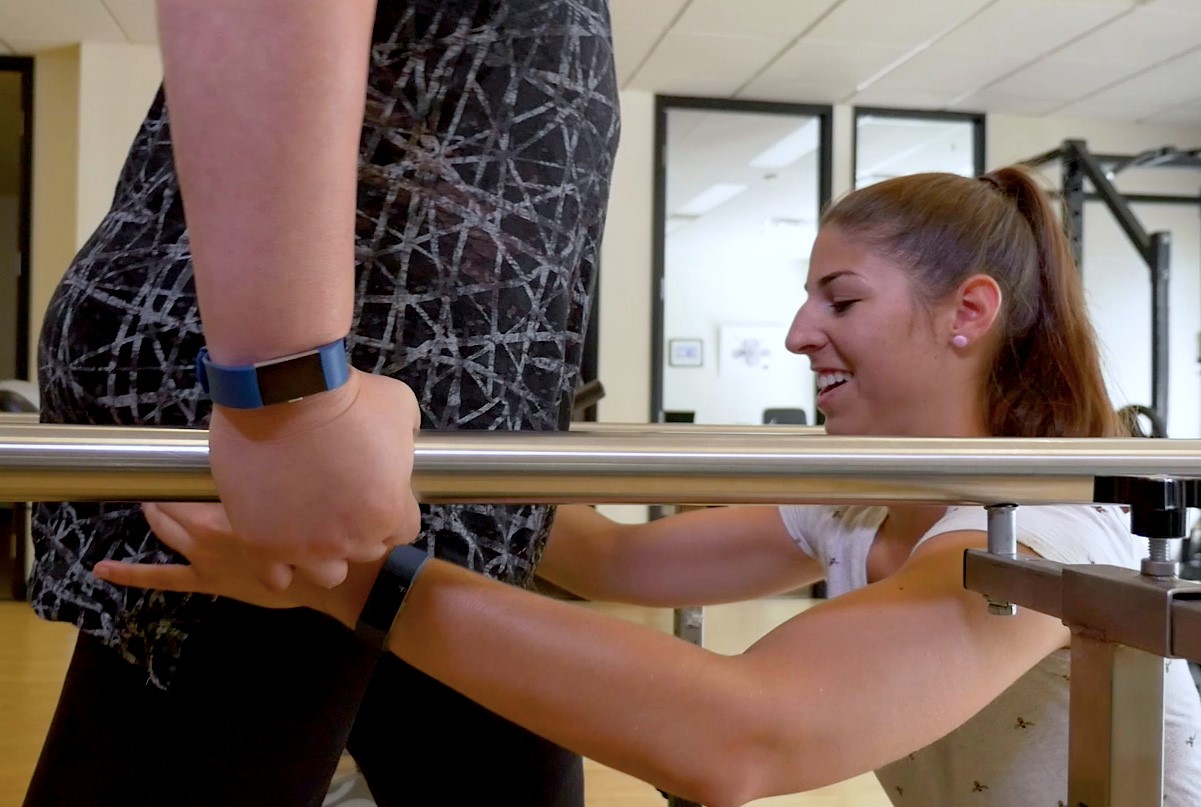Rib fractures can cause severe pain especially during breathing, coughing, or movement. Complications such as pneumonia, lung collapse, and pleural effusion may also occur, particularly if shallow breathing is developed. Effective physiotherapy is important in the management of rib fracture symptoms, to promote healing and prevent long-term complications.
In this article, we discuss how rib fractures occur and how they can be properly managed.
Table of Contents:
- How Rib Fractures Occur
- Rib Fracture Symptoms
- Secondary Complications from Rib Fractures
- The Role of Physiotherapy in Rib Fracture Management
- Conclusion
How Rib Fractures Occur
Rib fractures occur when one or more of the ribs break due to direct trauma such as falls, motor vehicle collisions, sports, and even from severe coughing. They can occur at any age, but people with osteoporosis are at a higher risk.
Fractures of the 4th-10th ribs are the most common due to their location and structure within the ribcage. They are weaker where they bend, and are more exposed, making them the most susceptible to fracture and account for 50-60% of all rib fractures. Ribs 1-3 are protected by the shoulder blade and collar bone, requiring high-energy trauma to break, and ribs 11 and 12 (the “floating ribs”) are more flexible and able to absorb force making them less likely to fracture.
Rib Fracture Symptoms
Sometimes people can have a fractured rib without realizing it, especially if they have osteoporosis, have had severe coughing episodes, or engaged in repetitive upper body activity. Pain may be mild during movement or deep breathing and may not be enough to prompt medical attention.
Consider seeing someone for an evaluation if you have:
- Persistent localized pain on chest movement or deep breathing
- New shortness of breath
- Chest pain with coughing or sneezing
- Pain during movements of the upper back such as bending or twisting
- Ache in the ribs that can be more prominent at night or first thing in the morning
- Pain with movement of the upper limbs including reaching overhead or during heavy pushing, pulling, or lifting
Upon evaluation, your healthcare provider may:
- Palpate and assess breathing pattern
- Order X-rays
- Assess for secondary injuries
Secondary Complications from Rib Fractures
Due to severe trauma, it is important to rule out any secondary complications such as:
- Brachial plexus injury
- Pneumothorax
- Pulmonary laceration
- Lung herniation
- Liver, kidney, spleen traumatic injuries
Aside from immediate traumatic complications as noted above, lung collapse and pneumonia may develop due to shallow breathing, which is why proper management is critical.
The Role of Physiotherapy in Rib Fracture Management
Rib fractures are treated with education, pain management, breathing exercises, and restoring mobility, and have a good prognosis for full recovery.
Education regarding the importance of early management and continued stretching and strengthening as well as creating a graded return to activity plan
Pain management
- Avoid aggravating activities such as heavy lifting
- Using splinting techniques during cough/sneeze: wrap a pillow or towel around the fractured ribs, providing gentle pressure to the area as you cough/sneeze
- Taping techniques (postural taping)
Breathing exercises to reduce secondary complications and improve intercostal and rib mobility
- Relaxed breathing: keeping your chest and shoulders relaxed, rest your hand on your tummy. Breathe in slowly through your nose, feeling your tummy rise as you inhale, and fall as you exhale.
- Deep breathing: breathe in as deeply as you can, feeling your tummy rise and your ribs expand. Hold your breath for 2-3 seconds, and then exhale slowly. Repeat 5 times.
- Breathing techniques combined with side-bending and rotating through the spine to allow for further rib-expansion
- Perform at least 4 times a day
Home exercise plan targeting thoracic mobility and postural strengthening.
- Stretching through the upper back, chest, and shoulders to expand the chest cavity and improve breathing
- Resistance exercises focusing on the back and abdominal muscles
Manual therapy for releasing surrounding muscles, and joint mobilization once complete healing has occurred.
Rib fractures typically take about six weeks to heal, unless further complications develop. It is initially important to manage pain and avoid activities that could re-injure the ribs. As pain subsides, gentle activity can be resumed gradually, starting with movements and exercises as described above. Strenuous activity should be avoided for at least 6 weeks, or as advised by a physiotherapist to prevent further injury.
Conclusion
Physiotherapy is highly effective in managing rib fractures because it restores pain-free breathing and movement, improves postural strength, and reduces risk of secondary complications.
With a personalized rehabilitation plan, you can relieve pain and prevent complications following a rib fracture, helping you to return to your daily and leisure activities with confidence.
Written by



















